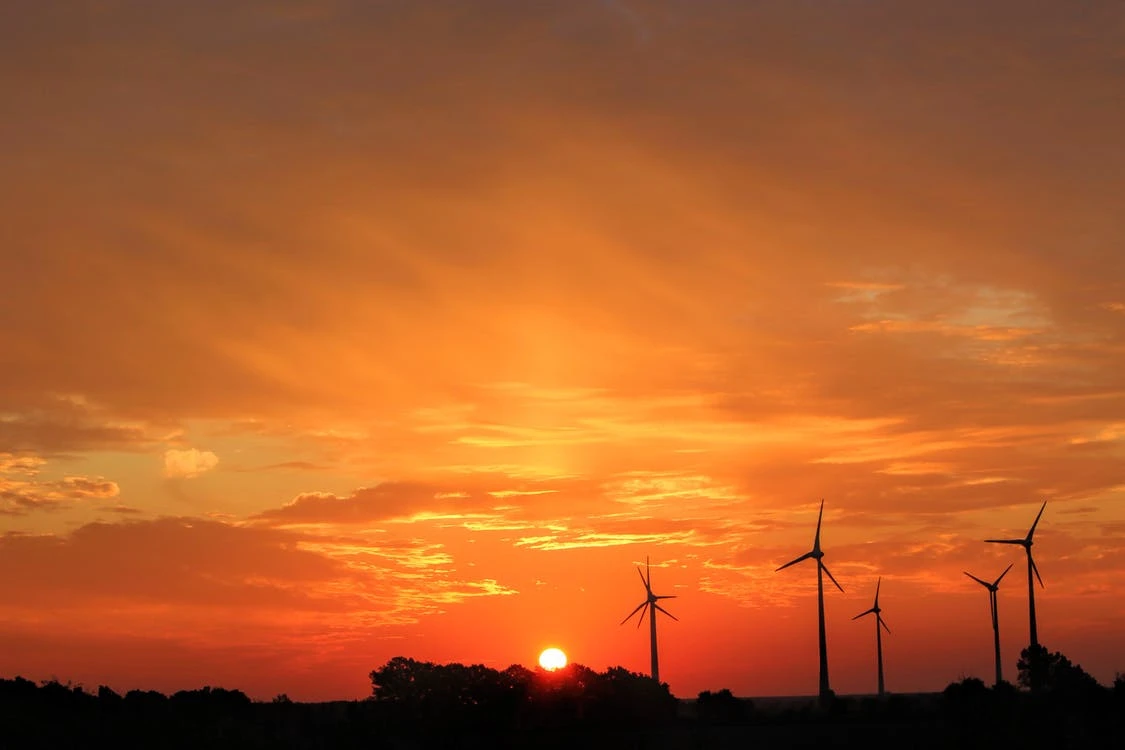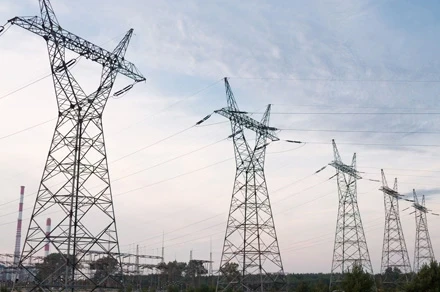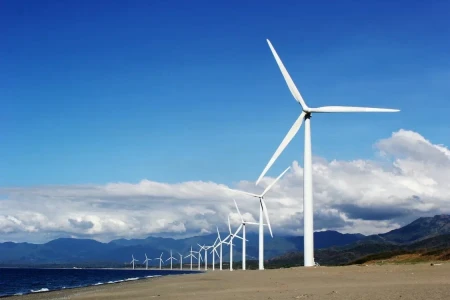Major Economies Lag in Wind Power, Threatening Climate Goals

A recent report has highlighted a concerning trend: major economies such as the United States, India, Russia, and Japan are significantly lagging in their wind power expansion efforts. Despite the pressing need to address climate change, these nations are building out wind power infrastructure at a pace that is far too slow to meet global climate targets. This delay poses a serious threat to achieving international climate agreements and transitioning to a sustainable energy future.
The Importance of Wind Power
Wind power is a key component in the global strategy to reduce greenhouse gas emissions and combat climate change. As a clean, renewable energy source, wind power can help replace fossil fuels, reduce air pollution, and contribute to a more sustainable energy mix. However, the slow rate of wind power development in some of the world’s largest economies undermines these benefits and delays progress towards climate goals.
Slow Progress in Major Economies
-
United States: The U.S. has made notable strides in wind power, becoming one of the world’s leading producers of wind energy. However, progress has stalled in recent years due to various challenges. Regulatory delays, bureaucratic hurdles, and local opposition to new projects have slowed the pace of development. Additionally, shifting political priorities and policy uncertainties have further hampered the expansion of wind power.
-
India: India has significant potential for wind energy and has made some progress in expanding its wind power capacity. Yet, the rate of development has been sluggish compared to the scale of the country’s needs. Issues such as land acquisition problems, regulatory bottlenecks, and financing constraints have contributed to the slow growth. India’s efforts to transition from coal to renewable energy are being hindered by these ongoing challenges.
-
Russia: Despite its vast land area and favorable wind conditions, Russia’s wind power sector remains underdeveloped. Limited investment, inadequate infrastructure, and insufficient policy support have slowed progress. The country’s heavy reliance on fossil fuels and lack of aggressive renewable energy policies are contributing to the slow expansion of wind power.
-
Japan: Japan has recognized the importance of wind energy in achieving its climate goals, including its target for carbon neutrality by 2050. However, the pace of wind power development in Japan is disappointing. Regulatory barriers, high costs, and complex approval processes have impeded progress. Japan’s historical focus on nuclear power and fossil fuels has also delayed the transition to large-scale wind energy projects.
Implications for Climate Goals
The slow pace of wind power development in these major economies has significant implications for global climate goals:
-
Missed Emission Reduction Targets: Wind power is crucial for reducing greenhouse gas emissions and meeting targets set by international agreements like the Paris Agreement. The slow expansion of wind energy in key countries undermines efforts to limit global temperature rise and achieve climate targets.
-
Economic and Job Growth: The wind power sector offers significant economic opportunities, including job creation and investment. The sluggish development in major economies limits these benefits and delays the transition to a green economy.
-
Energy Security: Increasing wind power capacity can enhance energy security by reducing reliance on imported fossil fuels. Slow progress in wind energy development hampers efforts to achieve greater energy independence and resilience against global energy market fluctuations.
Addressing the Challenges
To accelerate wind power expansion and address the challenges identified in the report, several actions are necessary:
-
Streamline Regulatory Processes: Simplifying and expediting regulatory approvals can reduce delays and encourage faster project development. Streamlined processes are essential for scaling up wind power installations.
-
Increase Investment and Incentives: Governments and private sector stakeholders should invest more in wind power projects and provide financial incentives to make them economically viable. This includes offering subsidies, tax credits, and other supports.
-
Enhance Grid Infrastructure: Developing and modernizing grid infrastructure to accommodate increased wind power generation is crucial. Investments in smart grids and energy storage solutions can improve the integration of wind energy.
-
Promote International Collaboration: International cooperation can help share best practices, technologies, and resources. Partnerships between countries can facilitate faster development and deployment of wind power technologies.
Conclusion
The slow pace of wind power expansion in the United States, India, Russia, and Japan poses a significant threat to global climate goals. To address this issue, these major economies need to accelerate their efforts by streamlining regulations, increasing investment, and enhancing grid infrastructure. The urgency of the climate crisis demands a rapid transition to renewable energy, and wind power is a critical element of this transition. By taking decisive action, these nations can contribute more effectively to climate objectives, harness economic opportunities, and strengthen energy security.








